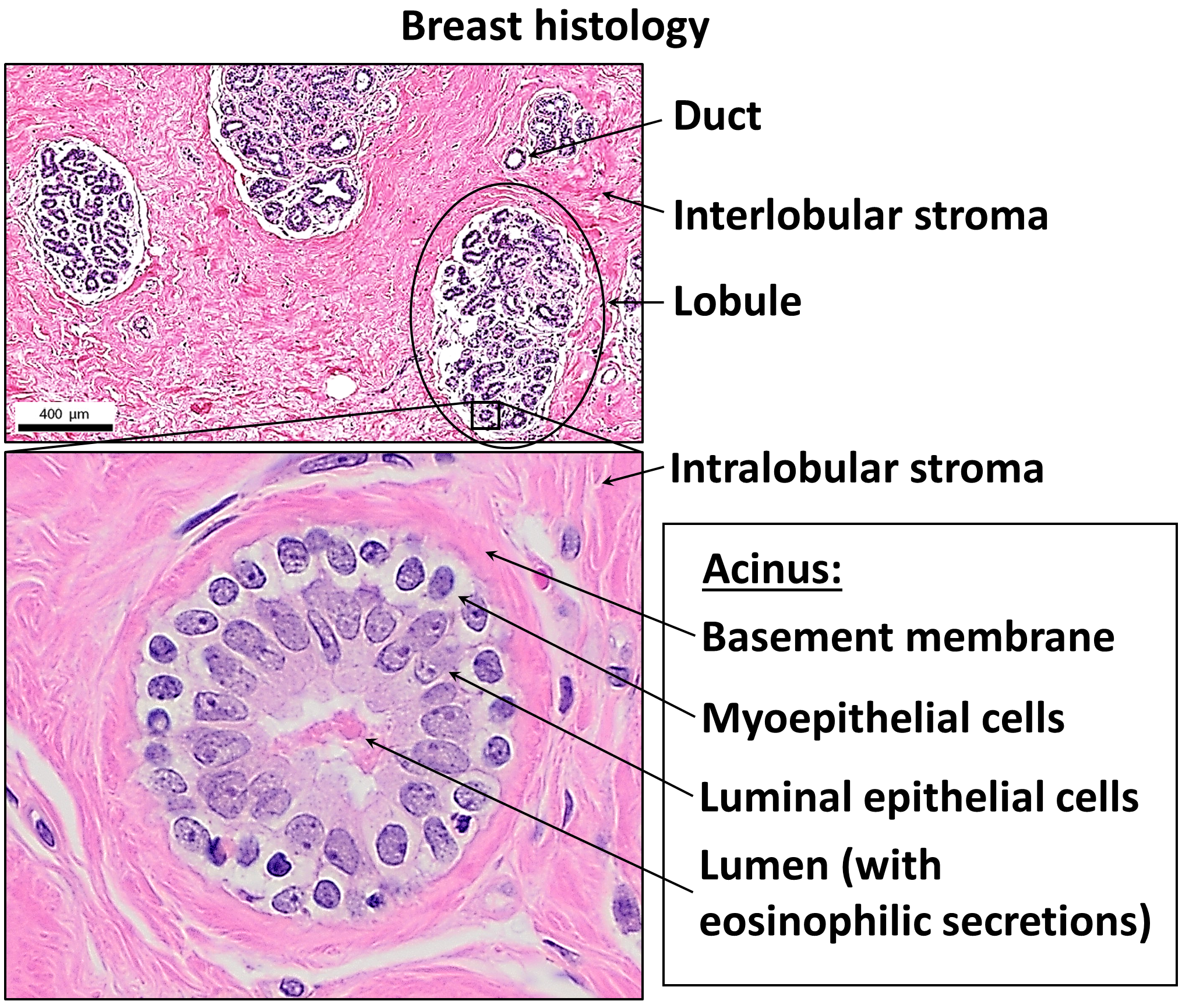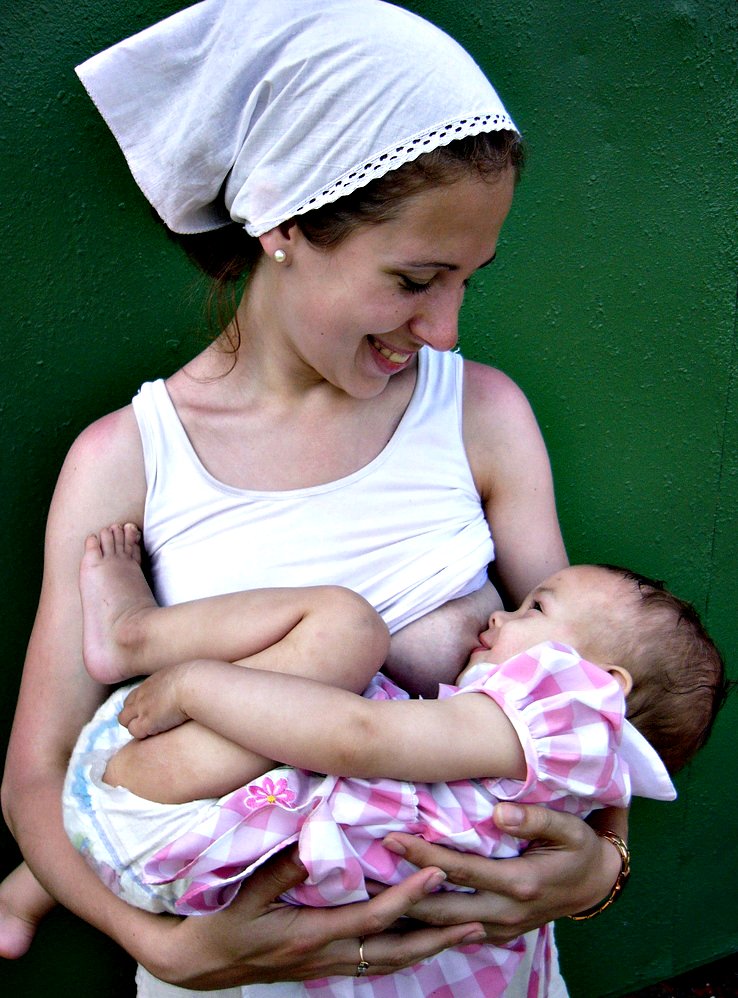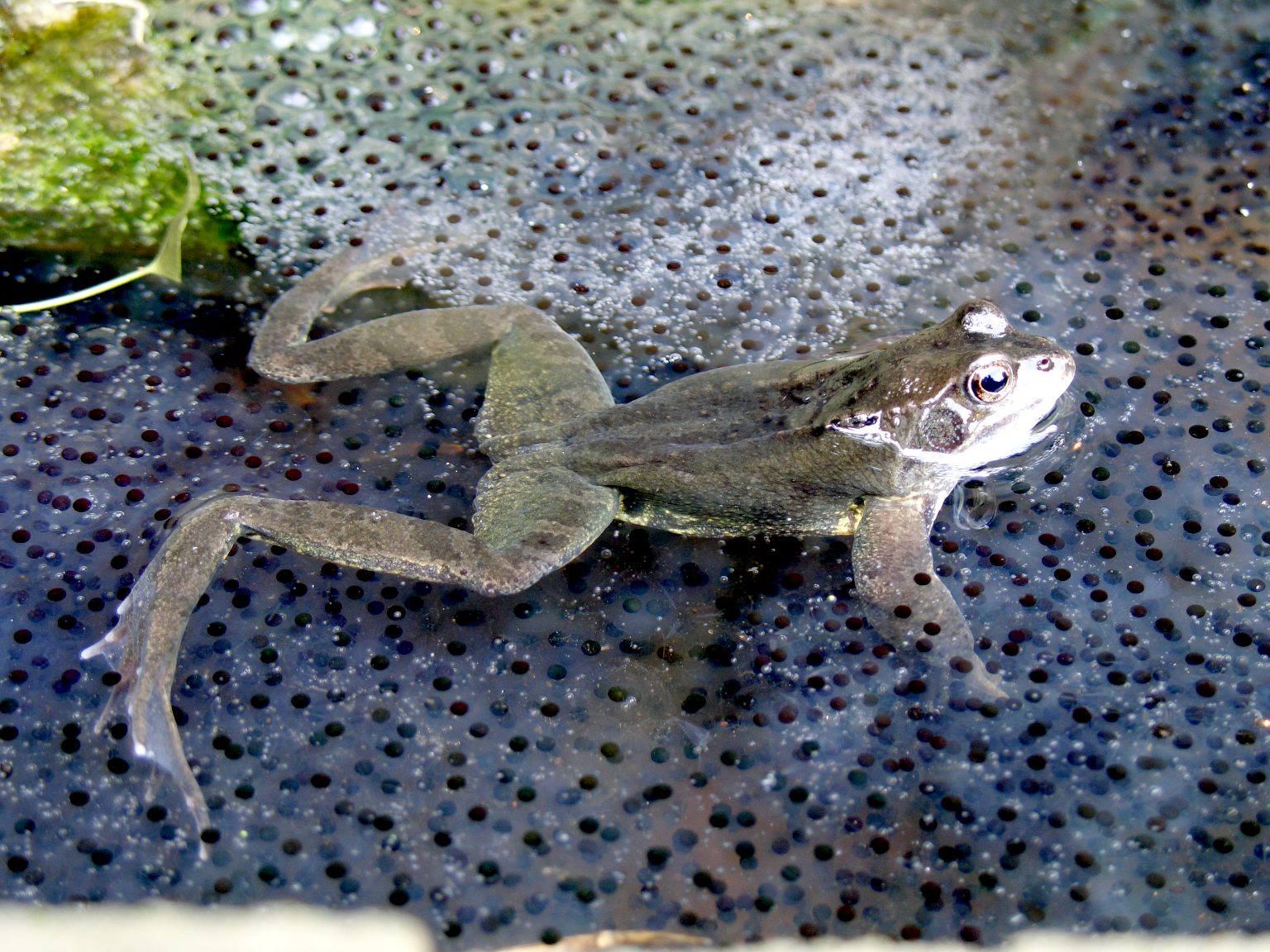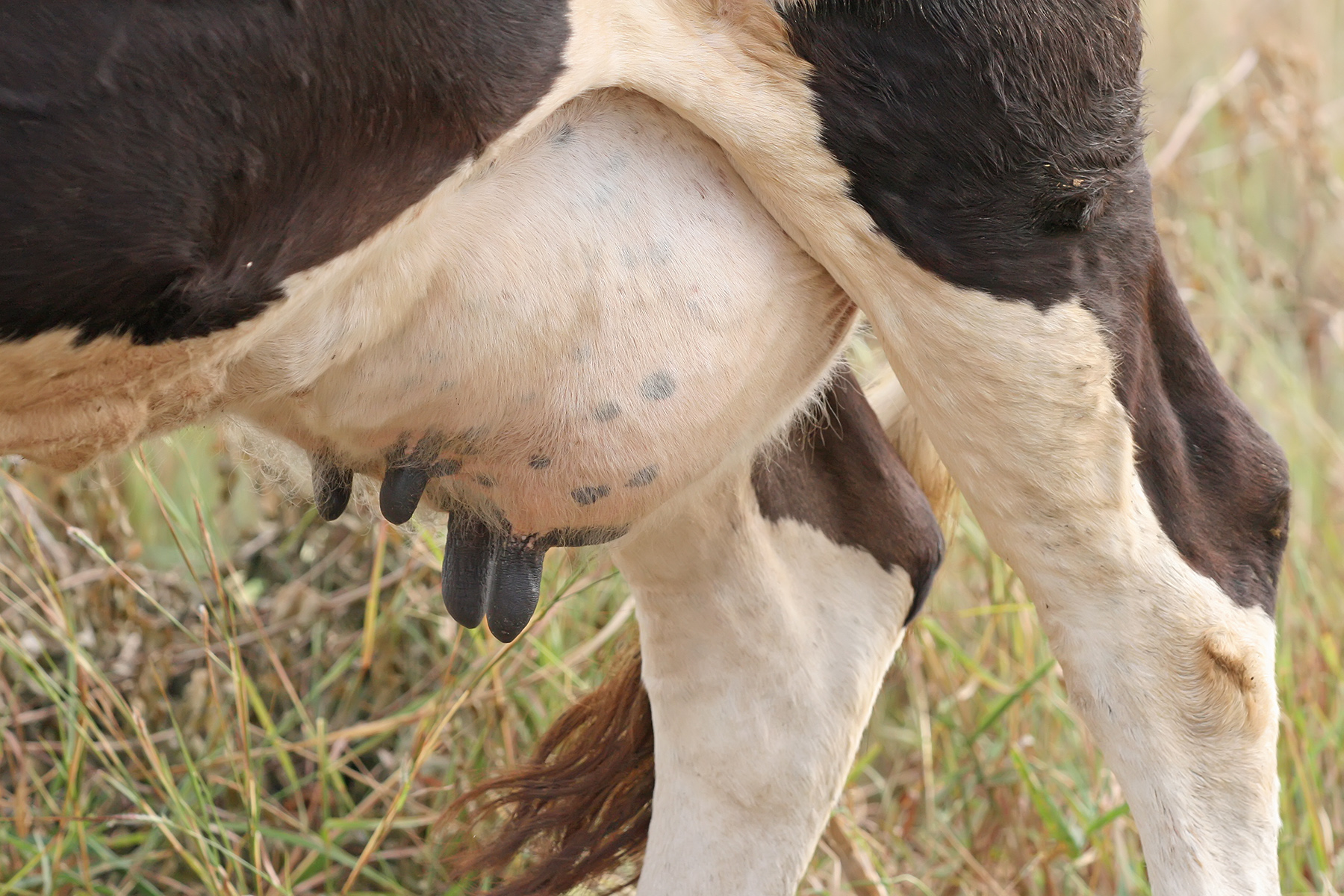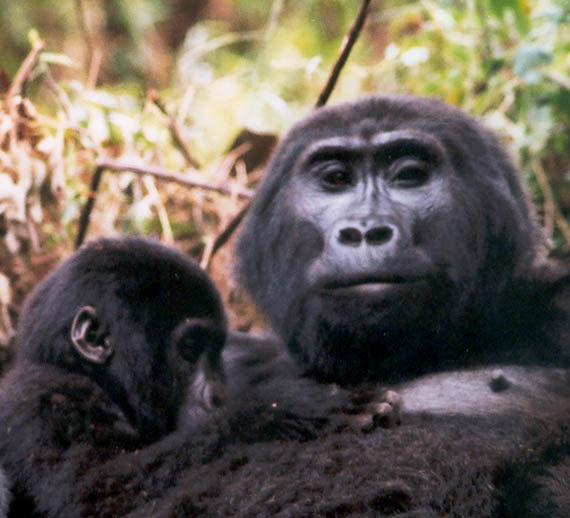|
Mammaries
A mammary gland is an exocrine gland that produces milk in humans and other mammals. Mammals get their name from the Latin word ''mamma'', "breast". The mammary glands are arranged in organs such as the breasts in primates (for example, humans and chimpanzees), the udder in ruminants (for example, cows, goats, sheep, and deer), and the dugs of other animals (for example, dogs and cats) to feed young offspring. Lactorrhea, the occasional production of milk by the glands, can occur in any mammal, but in most mammals, lactation, the production of enough milk for nursing, occurs only in phenotypic females who have gestated in recent months or years. It is directed by hormonal guidance from sex steroids. In a few mammalian species, male lactation can occur. With humans, male lactation can occur only under specific circumstances. Mammals are divided into 3 groups: monotremes, metatherians, and eutherians. In the case of monotremes, their mammary glands are modified sebaceous gland ... [...More Info...] [...Related Items...] OR: [Wikipedia] [Google] [Baidu] |
Chest Wall
The thoracic wall or chest wall is the boundary of the thoracic cavity. Structure The bony skeletal part of the thoracic wall is the rib cage, and the rest is made up of muscle, skin, and fasciae. The chest wall has 10 layers, namely (from superficial to deep) skin (epidermis and dermis), superficial fascia, deep fascia and the invested extrinsic muscles (from the upper limbs), intrinsic muscles associated with the ribs (three layers of intercostal muscles), endothoracic fascia and parietal pleura. However, the extrinsic muscular layers vary according to the region of the chest wall. For example, the front and back sides may include attachments of large upper limb muscles like pectoralis major or latissimus dorsi, while the sides only have serratus anterior.The thoracic wall consists of a bony framework that is held together by twelve thoracic vertebrae posteriorly which give rise to ribs that encircle the lateral and anterior thoracic cavity. The first nine ribs cu ... [...More Info...] [...Related Items...] OR: [Wikipedia] [Google] [Baidu] |
Milk
Milk is a white liquid food produced by the mammary glands of lactating mammals. It is the primary source of nutrition for young mammals (including breastfeeding, breastfed human infants) before they are able to digestion, digest solid food. Milk contains many nutrients, including calcium and protein, as well as lactose and saturated fat; the enzyme lactase is needed to break down lactose. Immune factors and immune-modulating components in milk contribute to milk immunity. The first milk, which is called colostrum, contains antibody, antibodies and immune-modulating components that milk immunity, strengthen the immune system against many diseases. As an agricultural product, Milking, milk is collected from farm animals, mostly cattle, on a dairy. It is used by humans as a drink and as the base ingredient for dairy products. The US Centers for Disease Control and Prevention, CDC recommends that children over the age of 12 months (the minimum age to stop giving breast milk or Ba ... [...More Info...] [...Related Items...] OR: [Wikipedia] [Google] [Baidu] |
Gestation
Gestation is the period of development during the carrying of an embryo, and later fetus, inside viviparous animals (the embryo develops within the parent). It is typical for mammals, but also occurs for some non-mammals. Mammals during pregnancy can have one or more gestations at the same time, for example in a multiple birth. The time interval of a gestation is called the '' gestation period''. In obstetrics, '' gestational age'' refers to the time since the onset of the last menses, which on average is fertilization age plus two weeks. Mammals In mammals, pregnancy begins when a zygote (fertilized ovum) implants in the female's uterus and ends once the fetus leaves the uterus during labor or an abortion (whether induced or spontaneous). Humans In humans, pregnancy can be defined clinically, biochemically or biologically. Clinically, pregnancy starts from first day of the mother's last period. Biochemically, pregnancy starts when a woman's human chorionic gonado ... [...More Info...] [...Related Items...] OR: [Wikipedia] [Google] [Baidu] |
Female
An organism's sex is female ( symbol: ♀) if it produces the ovum (egg cell), the type of gamete (sex cell) that fuses with the male gamete (sperm cell) during sexual reproduction. A female has larger gametes than a male. Females and males are results of the anisogamous reproduction system, wherein gametes are of different sizes (unlike isogamy where they are the same size). The exact mechanism of female gamete evolution remains unknown. In species that have males and females, sex-determination may be based on either sex chromosomes, or environmental conditions. Most female mammals, including female humans, have two X chromosomes. Characteristics of organisms with a female sex vary between different species, having different female reproductive systems, with some species showing characteristics secondary to the reproductive system, as with mammary glands in mammals. In humans, the word ''female'' can also be used to refer to gender in the social sense of gen ... [...More Info...] [...Related Items...] OR: [Wikipedia] [Google] [Baidu] |
Phenotype
In genetics, the phenotype () is the set of observable characteristics or traits of an organism. The term covers the organism's morphology (physical form and structure), its developmental processes, its biochemical and physiological properties, and its behavior. An organism's phenotype results from two basic factors: the expression of an organism's genetic code (its genotype) and the influence of environmental factors. Both factors may interact, further affecting the phenotype. When two or more clearly different phenotypes exist in the same population of a species, the species is called polymorphic. A well-documented example of polymorphism is Labrador Retriever coloring; while the coat color depends on many genes, it is clearly seen in the environment as yellow, black, and brown. Richard Dawkins in 1978 and again in his 1982 book '' The Extended Phenotype'' suggested that one can regard bird nests and other built structures such as caddisfly larva cases and beaver dams ... [...More Info...] [...Related Items...] OR: [Wikipedia] [Google] [Baidu] |
Suckle
Suckle may refer to: *Suckling, for mammals, during Lactation **in human babies, Breastfeeding Breastfeeding, also known as nursing, is the process where breast milk is fed to a child. Infants may suck the milk directly from the breast, or milk may be extracted with a Breast pump, pump and then fed to the infant. The World Health Orga ... * Suckle (band), Scottish indie pop band * Count Suckle, Jamaica-born sound system operator and club owner * Richard Suckle, film producer {{disambiguation ... [...More Info...] [...Related Items...] OR: [Wikipedia] [Google] [Baidu] |
Lactation
Lactation describes the secretion of milk from the mammary glands and the period of time that a mother lactates to feed her young. The process naturally occurs with all sexually mature female mammals, although it may predate mammals. The process of feeding milk in all female creatures is called ''nursing'', and in humans it is also called ''breastfeeding''. Newborn infants often produce some milk from their own breast tissue, known colloquially as witch's milk. In most species, lactation is a sign that the female has been pregnant at some point in her life, although in humans and goats, it can happen without pregnancy. Nearly every species of mammal has teats; except for monotremes, egg-laying mammals, which instead release milk through ducts in the abdomen. In only a handful of species of mammals, certain bat species, is milk production a normal Male lactation, male function. ''Galactopoiesis'' is the maintenance of milk production. This stage requires prolactin. Oxytocin is cr ... [...More Info...] [...Related Items...] OR: [Wikipedia] [Google] [Baidu] |
Galactorrhea
Galactorrhea ( also spelled galactorrhoea) ( galacto- + -rrhea) or lactorrhea ( lacto- + -rrhea) is the spontaneous flow of milk from the breast, unassociated with childbirth or nursing. Galactorrhea is reported to occur in 5–32% of females. Much of the difference in reported incidence can be attributed to different definitions of galactorrhea. Although frequently benign, it may be caused by serious underlying conditions and should be properly investigated. Galactorrhea also occurs in males, newborn infants and adolescents of both sexes. Causes Galactorrhea can take place as a result of dysregulation of certain hormones. Hormonal causes most frequently associated with galactorrhea are hyperprolactinemia and thyroid conditions with elevated levels of thyroid-stimulating hormone (TSH) or thyrotropin-releasing hormone (TRH). No obvious cause is found in about 50% of cases. Lactation requires the presence of prolactin, and the evaluation of galactorrhea includes eliciting a h ... [...More Info...] [...Related Items...] OR: [Wikipedia] [Google] [Baidu] |
Offspring
In biology, offspring are the young creation of living organisms, produced either by sexual reproduction, sexual or asexual reproduction. Collective offspring may be known as a brood or progeny. This can refer to a set of simultaneous offspring, such as the chick (young bird), chicks hatched from one clutch (eggs), clutch of eggs, or to all offspring produced over time, as with the brood (honeybee), honeybee. Offspring can occur after mating, artificial insemination, or as a result of cloning. Human offspring (lineal descendant, descendants) are referred to as children; male children are sons and female children are daughters (see Kinship). Overview Offspring contains many parts and properties that are precise and accurate in what they consist of, and what they define. As the offspring of a new species, also known as a child or f1 generation, consist of genes of the father and the mother, which is also known as the parent generation. Each of these offspring contains numerous ... [...More Info...] [...Related Items...] OR: [Wikipedia] [Google] [Baidu] |
Ruminant
Ruminants are herbivorous grazing or browsing artiodactyls belonging to the suborder Ruminantia that are able to acquire nutrients from plant-based food by fermenting it in a specialized stomach prior to digestion, principally through microbial actions. The process, which takes place in the front part of the digestive system and therefore is called foregut fermentation, typically requires the fermented ingesta (known as cud) to be regurgitated and chewed again. The process of rechewing the cud to further break down plant matter and stimulate digestion is called rumination. The word "ruminant" comes from the Latin ''ruminare'', which means "to chew over again". The roughly 200 species of ruminants include both domestic and wild species. Ruminating mammals include cattle, all domesticated and wild bovines, goats, sheep, giraffes, deer, gazelles, and antelopes.Fowler, M.E. (2010).Medicine and Surgery of Camelids, Ames, Iowa: Wiley-Blackwell. Chapter 1 General Biology and ... [...More Info...] [...Related Items...] OR: [Wikipedia] [Google] [Baidu] |
Udder
An udder is an organ formed of two or four mammary glands on the females of dairy animals and ruminants such as cattle, goats, and sheep. An udder is equivalent to the breast in primates, elephantine pachyderms and other mammals. The udder is a single mass hanging beneath the animal, consisting of pairs of mammary glands with protruding teats. In cattle, camels and deer, there are normally two pairs, in sheep and goats, there is one pair, and in some animals, there are many pairs. In animals with udders, the mammary glands develop on the milk line near the groin. Mammary glands that develop on the chest (such as in primates and elephants) are generally referred to as breasts. Udder care and hygiene in cows is important in milking, aiding uninterrupted and untainted milk production, and preventing mastitis. Products exist to soothe the chapped skin of the udder. This helps prevent bacterial infection, and reduces irritation during milking by the cups, and so the cow is less ... [...More Info...] [...Related Items...] OR: [Wikipedia] [Google] [Baidu] |
Breast
The breasts are two prominences located on the upper ventral region of the torso among humans and other primates. Both sexes develop breasts from the same embryology, embryological tissues. The relative size and development of the breasts is a major secondary sex distinction between females and males. There is also considerable Bra size, variation in size between individuals. Permanent Breast development, breast growth during puberty is caused by estrogens in conjunction with the growth hormone. Female humans are the only mammals that permanently develop breasts at puberty; all other mammals develop their mammary tissue during the latter period of pregnancy. In females, the breast serves as the mammary gland, which produces and secretes milk to feed infants. Subcutaneous fat covers and envelops a network of lactiferous duct, ducts that converge on the nipple, and these tissue (biology), tissues give the breast its distinct size and globular shape. At the ends of the ducts are ... [...More Info...] [...Related Items...] OR: [Wikipedia] [Google] [Baidu] |
